Is saving a penalty kick in soccer really as hard as it seems? Statistics show that saving a penalty kick is one of the hardest challenges in any sport. 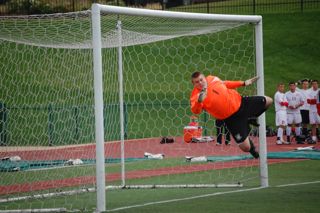 In the World Cup, a major international soccer tournament that takes place every four years, goalkeepers correctly predict the direction penalty kicks will be shot 57% of the time, but only save 22% of the shots, according to ESPN’s Sports Science. Now, scientists are using technology to teach goalkeepers to read certain movements that a shooter makes. This will help goalkeepers make a more accurate prediction to which way the player will place their shot.
In the World Cup, a major international soccer tournament that takes place every four years, goalkeepers correctly predict the direction penalty kicks will be shot 57% of the time, but only save 22% of the shots, according to ESPN’s Sports Science. Now, scientists are using technology to teach goalkeepers to read certain movements that a shooter makes. This will help goalkeepers make a more accurate prediction to which way the player will place their shot.
“A soccer goal has 192 square feet. It takes a goalie about 730 milliseconds to reach a ball at the post. A ball shot at 70 miles per hour from 39 feet away can reach the top corner of a goal in 400 milliseconds. This means the goalie has to make an assumption of where the ball will be kicked before the player makes contact with the ball. To do this, the goalie must observe every movement the shooter makes. If they wait until the ball is kicked it will be impossible to stop the ball, both physically and mathematically,” says ESPN’s Sports Science.
According to experimental psychologist Marc Green of visualexpert.com, human reaction time is too complicated to have one exact number that could be used as the average. It has a large range because there are many variables that create the reaction time in any event.
According to Rockwood Summit's varsity soccer goalkeeper, sophomore Sean Clancy, age 16, “First determine which foot they will be kicking the ball with. If they are a right footed kicker and the inside of their knee is open to the goalie, they are most likely to kick to the right side of the goal. When their knee is closed, they are more likely to kick towards the left side.”
Sophomore, Jake Leeker, age 15, another Summit varsity soccer goalie, says watch the direction of the shooter's arms. “If a right footed kicker lifts their left arm, the shot will usually go right,” he adds, “If their left arm stays at their side, the shot will usually go left.”
Gabriel J. Diaz, doctoral student at Rensselaer Polytechnic Institute, analyzed a player shooting a penalty kick using motion capture technology and a computer. To get the data he placed 40 electronic markers on the major joints of the body. The markers showed each movement made by every joint. He examined 63 shots to the left and 63 to the right. After reviewing the shots, Diaz could predict which direction the shot would go before the player actually shot the ball.
Goalies need to study the motions of the player on computers so that they can learn to improve their reading of movements the shooter makes. Each movement a shooter makes gives away information to the goalie. Goalies must find a way to make significant use to these movements.
Clancy agrees that this technology is beneficial to the goalkeepers. However, he says, “When a goalie makes their decision, they should stick with their instincts.”
More studies are being done with the motion capture technology so that it can be put to a greater use. Training routines are going to be developed based on the motions captured in the experiments. The goal is to help goalies train more efficiently by the next World Cup in 2014.
With this technology, researchers believe that a goalie will have more time to react to a penalty kick. “The best performers wait the longest before responding,” says Diaz. With this technology, the hardest challenge in sports is going to eventually progress into a simpler task.



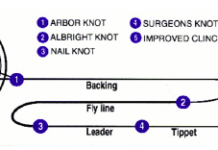
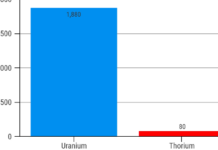
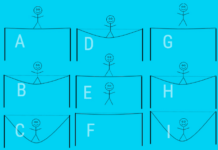
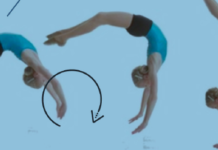
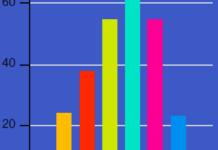






This was an excellent article. I saw multiple sources attributed, all of whom I am inclined to think are credible. And a nice photo to compliment the story. Great job!
Way to go Megan. Interesting article!
Nice article. I always enjoy articles that combine science with sports. However, what about the poor athletes that are trying to score the goals? Wouldn’t soccer be more interesting if there were more scoring?
On another soccer/science note, did you hear about the soccer ball that generates energy from its own motion? It’s called the sOccket.
This is a fascinating article – really nice work Megan. I am curious now about how a kicker might use this research to try to fool the goalie . . . many layers here for further research! :gamba
Megan this was really good! i had no idea there was a science to saving a penalty kick. i thought the goalie had to make a 50-50 decision and hope to get lucky to save it.
Great work, I loved it.
good article i play soccer so i know how hard it is to save a penalty shot
This was a great article! I play soccer and watch it on tv, and I always wondered how goalies predicted the direction of a penalty kick.
The keeper at Forest Green Rovers in the English Blue Square Conference has saved the last 4 penalties he has faced.
Is this a record for consecutive saves during normal play? (ie not counting penalty shootouts)
you can also save penalties by keeping eye contak with the player the player lookes the place where he is hitting before hitting
I play as a mid fielder, and i keep for the team if we go to penalties. I used 3 strategies.
1- The shooter points the toe of non kicking foot in the direction he intends to shoot if involuntary
2-Most players make it look like they are shooting in a particular direction and always shoot the other side.
3-Narrow down one side of the goal and dive the other side. It is psychologically difficult to think about shooting on the narrow side.
Later i developed a tehcnique which took less efforts.In a shoot out, i always dive on the left side, and at least 3 out of 5 shooters shoot that side, so i managed to save 3 out of 5 most of the times. There have been times where i have saved all 5. Also i have developed several tactics based on meta.
you just have too be ready during a penalty kick! it is very challenging to react. theres a bunch of theroys to stopping a penalty kick but if it was me i would trust my instinks! Great article
I give a ton of cedit to any keeper when it comes to PK’s!
great article
I like this article. very nice info
as a long time player from europe.. this is a good article, that could help me as a kicker to be better and play with the keeper.
Nc ! I can now know the secrets of being a good GK when it comes into PK’s
THANKS A LOT
Nc ! I now learned so much from this article .. Thanks a lot!
It is a very hard thing to be a goalie. The main thing for a goalie is that he or she haven’t any type of fear when he or she is in the field
How do you know if they’ll kick it down the middle?
well, in practice, a player can use feint movement, he could choose to play it bottom or top right or left. he could decide to go straight down the middle…and even if a keeper guesses right, he still needs to keep the ball out, so great article and quite basic theory.